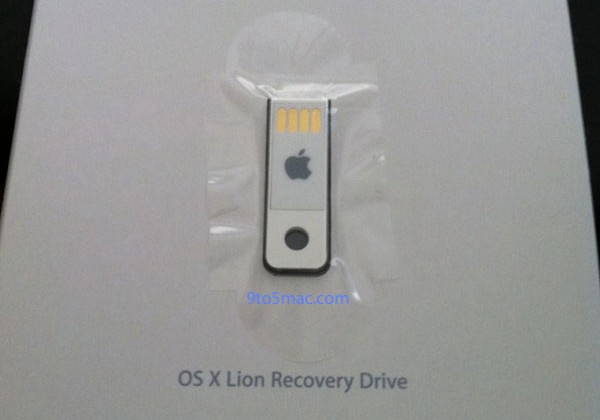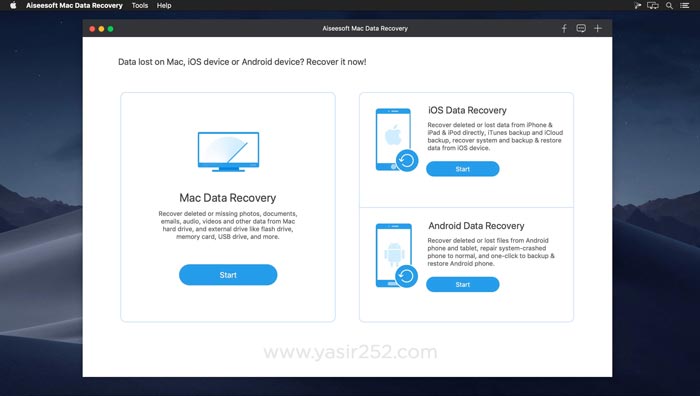
- #RECOVERY USB FOR MAC HOW TO#
- #RECOVERY USB FOR MAC INSTALL#
- #RECOVERY USB FOR MAC DOWNLOAD#
- #RECOVERY USB FOR MAC FREE#
At which time, you can count on iMyFone AnyRecover to get the work done for you. There are times you may need to create or use a bootable USB drive, eg your Mac crashed or unable to boot.
#RECOVERY USB FOR MAC HOW TO#
How to Create a Bootable USB Drive on Mac OS X Note: This method is only possible for Macs running below OS X Lion. After this, click Quit and disconnect the drive. Step 3: Your system will then create a clone of the recovery volume. Select the new recovery disk you just connected and hit Continue. Step 2: Connect a USB drive and run the Recovery Disk Assistant.
#RECOVERY USB FOR MAC DOWNLOAD#
If it’s not there, download it from Apple’s support site. Step 1: Launch Disk Assistant from Applications > Utilities. Next, follow the below steps to create a recovery USB drive. You do this by creating partitions in the new location that will serve as a special section for the recovery drive. Hence, mainly if the USB drive has ample storage space, it is advisable to first prepare the USB drive before creating OS X Recovery drive with Disk Assistant. How to Create a Recovery USB Drive on Mac OS XĪll data in the volume will be wiped if you clone the recovery volume on a partition in Disk Utility. Further, these guides will not work for you if you have an older device model that is upgraded on a newer OS. NOTE: A working recovery volume on your computer is necessary to follow the methods here.
#RECOVERY USB FOR MAC FREE#
The copy of the recovery volume will be created here.Īn external USB drive with not less than 1GB of free storage space. To create an OS X Recovery USB drive, here are some things to have:Ī usable recovery volume on your computer startup drive.

The following sections will cover how to create a recovery USB drive on Mac OS X. This is the equivalent of a complete data backup in Windows, but Mac does it automatically, even without an internet connection. Also, the computer keeps a copy of the recovery USB drive that Disk Assistant creates. The reason for this is so that in case of an emergency, you can recover your data using the Disk Utility. Mac OS X Lion and higher versions usually create a hidden recovery volume on your startup drive. What You Should Know about Mac Recovery USB Part 5: Why Should You Choose AnyRecover for Data Recovery on Mac? Part 4: Extract/Backup Data from Unbootable Mac with AnyRecover Bootable USB Drive Part 3: How to Create a Bootable USB Drive on Mac OS X Part 2: How to Create a Recovery USB Drive on Mac OS X This will give you your boot drive options, then choose the USB stick and you're all set.Part 1: What You Should Know about Mac Recovery USB
#RECOVERY USB FOR MAC INSTALL#
Keep in mind you can't install an older OS than your computer shipped with, but otherwise to use this newly minted installer all you have to do is plug in the USB drive, and hold down the Option key while the machine boots. It works much the same way as Apple's too, launch the app and follow the prompts and you end up with a USB drive you can boot from. This was the nicest option before Apple built a utility of its own. This is a nice wrapper for a set of Applescripts that will also create a USB drive to back up from. After a little while you will have a bootable backup of your OS.Īn alternate method that dates back to the release of Lion is Disk Maker X, formerly known as Lion Disk Maker.

Using this method is pretty straightforward: download the Recovery Disk Assistant, plug in that USB drive, and follow the prompts. This works with Lion, Mountain Lion, and Mavericks, all the versions of Mac OS that were distributed via the Mac App Store. There are a couple of methods for doing this, which both lead to the same place: A USB drive (8GB or larger), safely stashed in a drawer, which has a bootable OS on it, as well as an installer to put that OS on a hard drive.įirst up is the "official" method, a utility introduced with Mavericks, called Recovery Disk Assistant. This new feature is called Recovery, and it gives you a way to start "from scratch" if you need to rebuild your Mac. Beginning in Lion (10.7), there's a new feature in Mac OS X to assist you if things go really wrong, since you can't boot from disk anymore.


 0 kommentar(er)
0 kommentar(er)
